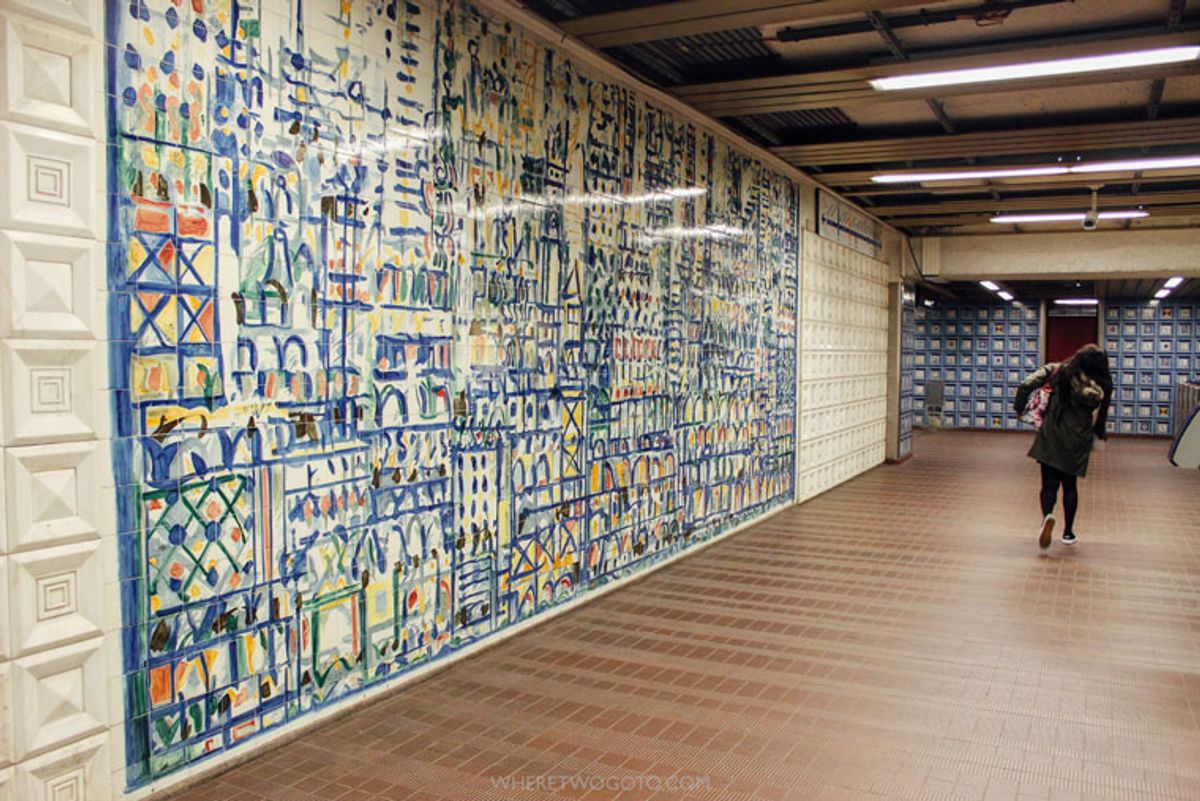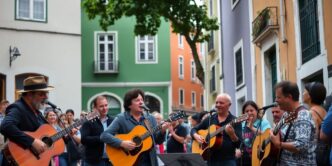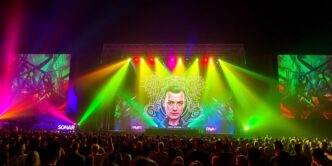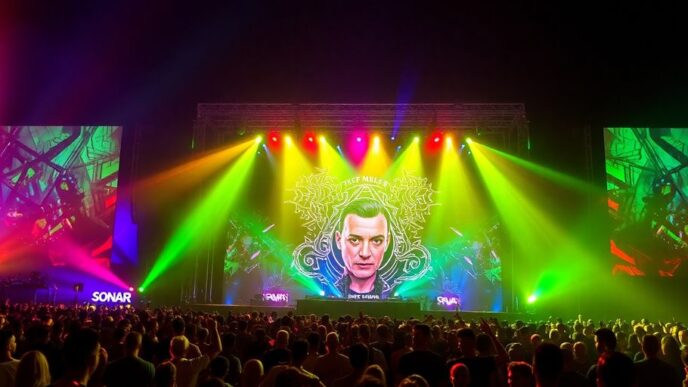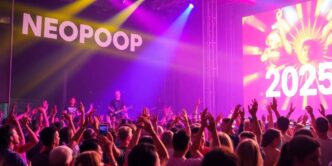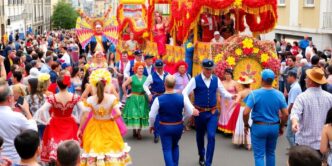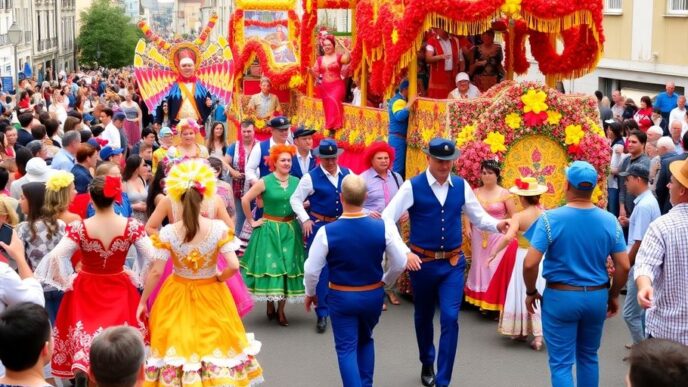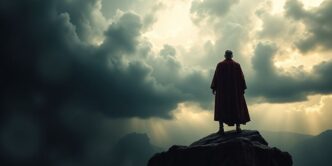Exploring Lisbon’s Vibrant Street Art

Graffiti and Revolution: The Art of Graça
In the heart of Lisbon, the neighborhood of Graça stands as a testament to the city’s revolutionary spirit and its vibrant street art scene. Here, the walls narrate stories of the past, with murals and graffiti echoing the voices of the Carnation Revolution. This historic event is not only commemorated through the visual arts but also continues to inspire new generations of artists.
The art here is not confined to galleries but is part of the everyday landscape, accessible to all who wander its storied streets.
As a cultural melting pot, Graça street art is as diverse as its history. From political statements to poetic expressions, the neighbourhood’s walls are adorned with works that challenge, entertain, and provoke thought. To truly appreciate the depth of this artistic enclave, you just need to take a stroll and experience the array of styles and messages on display.
Chiado: Bohemian Flair Meets Urban Creativity
In the heart of Lisbon, Chiado stands as a testament to the city’s bohemian spirit and creative pulse. This district, known for its historical significance and cultural vibrancy, offers a unique blend of traditional charm and contemporary artistic expression. The streets of Chiado are lined with galleries and ateliers, each showcasing the talents of local and international artists. The area’s artistic atmosphere is further enriched by its live music venues, such as Chapito, which not only provides a stage for diverse musical performances but also operates as a puppeteer school and a social enterprise aiding the homeless.
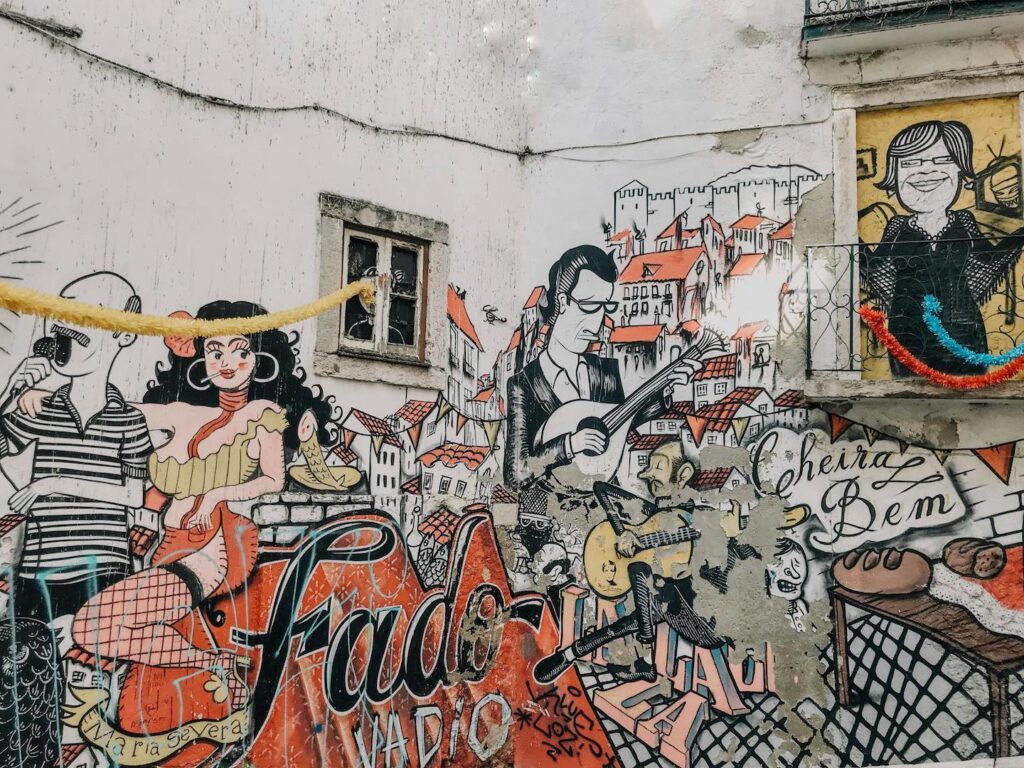
The street art in Chiado is a visual feast, with buildings transformed into multi-story canvases that reflect the ingenuity of artists like Vhils and Bordalo II. These artists go beyond traditional spray paint, employing techniques such as chiseling and the use of found objects to create their masterpieces. The result is a dynamic urban gallery that captures the essence of Lisbon’s artistic soul.
Lisbon’s art scene is not confined to the indoors; it spills out onto the streets, inviting locals and visitors alike to engage with the city’s creative narrative.
For those looking to delve deeper into Chiado’s art scene, the district’s decadent and authentic culture can be experienced through guided tours. These tours offer an insider’s perspective, revealing hidden gems and connecting participants with the alternative, non-touristic side of Lisbon’s art world.
LX Factory: A Modern Cultural Hub
Once a textile factory in the 1800s, the LX Factory has been transformed into a beacon of modern culture and creativity. Situated in the Alcantara district, this urban space is now a playground for the city’s artistic community, housing everything from design studios to independent shops. The transformation has been so profound that it’s often referred to as the best gallery in Lisbon, showcasing a blend of art, commerce, and leisure.
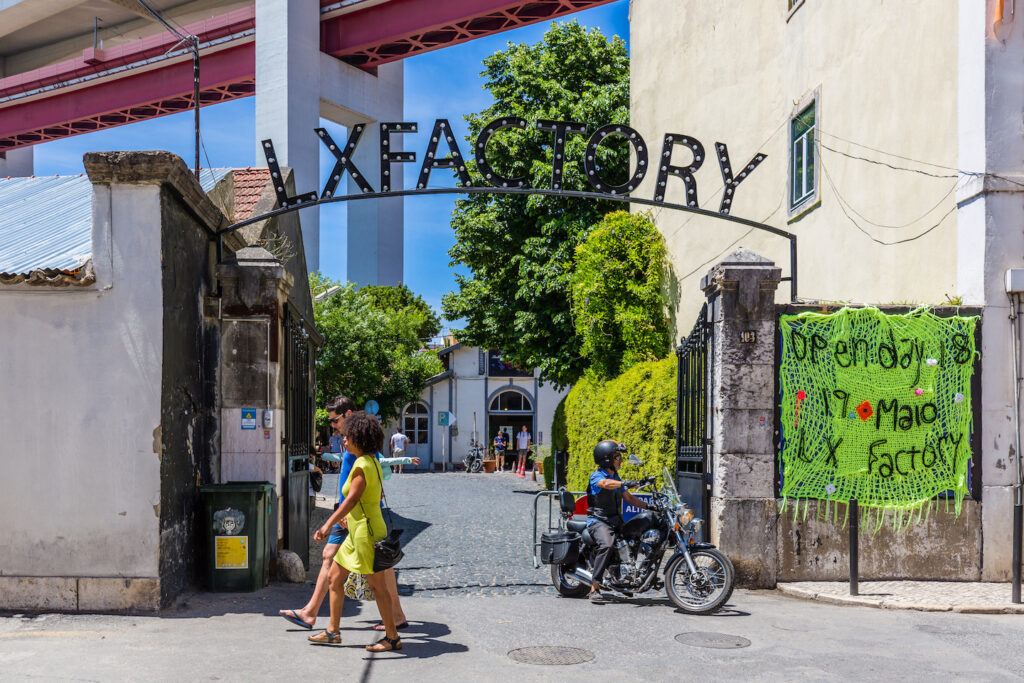
It’s a place where creativity is celebrated, and every corner offers a new discovery.
The LX Factory is not just about art; it’s a lifestyle experience. With over 50 shops, restaurants, cafes, and bars, it’s a microcosm of Lisbon’s vibrant culture. Events are frequent, adding to the dynamic atmosphere of this creative enclave.
Cultural Kaleidoscope: Lisbon’s Artistic Diversity

Fado, Music, and Art: A Symbiotic Relationship
In Lisbon, the soulful melodies of Fado music are as much a part of the city’s fabric as its iconic azulejos. This traditional Portuguese music genre, with its poignant lyrics and expressive guitar, has been the soundtrack to Lisbon’s history, echoing through the narrow streets and imbuing the city’s art scene with a unique emotional depth.
The intimate Fado houses scattered throughout Lisbon offer a window into the genre’s enduring appeal. Here, visitors can immerse themselves in the melancholic tunes that capture the essence of Portuguese saudade – a deep, nostalgic longing. It’s not just about the music; it’s an entire cultural experience that intertwines with the local gastronomy and art, creating a rich tapestry of sensory delights.
The interplay between Fado, cuisine, and visual arts in Lisbon creates a cultural mosaic that is both timeless and dynamic, reflecting the city’s past while invigorating its present.
Fado’s influence extends beyond the auditory, inspiring artists and musicians alike. The genre’s themes of love, loss, and destiny resonate within the visual arts, leading to collaborative works and performances that celebrate Lisbon’s artistic diversity. As the city continues to evolve, the symbiosis of Fado with other art forms ensures that the traditional and the contemporary not only coexist but flourish together.
The Influence of History and Politics on Lisbon’s Street Art
Lisbon’s street art is not just a display of creative talent; it’s a reflection of the city’s historical and political heartbeat. The urban canvas of Lisbon tells a story of cultural identity, with murals and graffiti often serving as a commentary on social issues and the city’s past. For instance, the Carnation Revolution, a significant event in Portuguese history, is a recurring theme in the street art of Gra\u00e7a, where splashes of red carnations can be seen on walls, symbolizing the peaceful coup of 1974.
The streets of Lisbon offer more than just a visual feast; they are a dialogue between the city’s history and its contemporary challenges.
To truly grasp the depth of Lisbon’s street art, one must consider not only the aesthetics but also the narratives intertwined with Portugal’s culture and history. The economic struggles, the impact of gentrification, and the rise of digital nomadism are all topics that find their voice on the city’s walls. A guided tour can provide valuable insights into these layers of meaning, making the experience of exploring Lisbon’s street art as educational as it is visually stimulating.
Guided Tours: An Insider’s Look at Urban Masterpieces
Lisbon’s street art scene is as diverse as it is captivating, offering a unique lens through which to view the city’s cultural heartbeat. For those eager to delve deeper, guided tours provide an unparalleled insider’s perspective. Expert guides, like the much-praised Leith, bring the walls to life, sharing not just the stories behind the art, but weaving in the rich tapestry of Lisbon’s history, culture, and current socio-economic nuances.
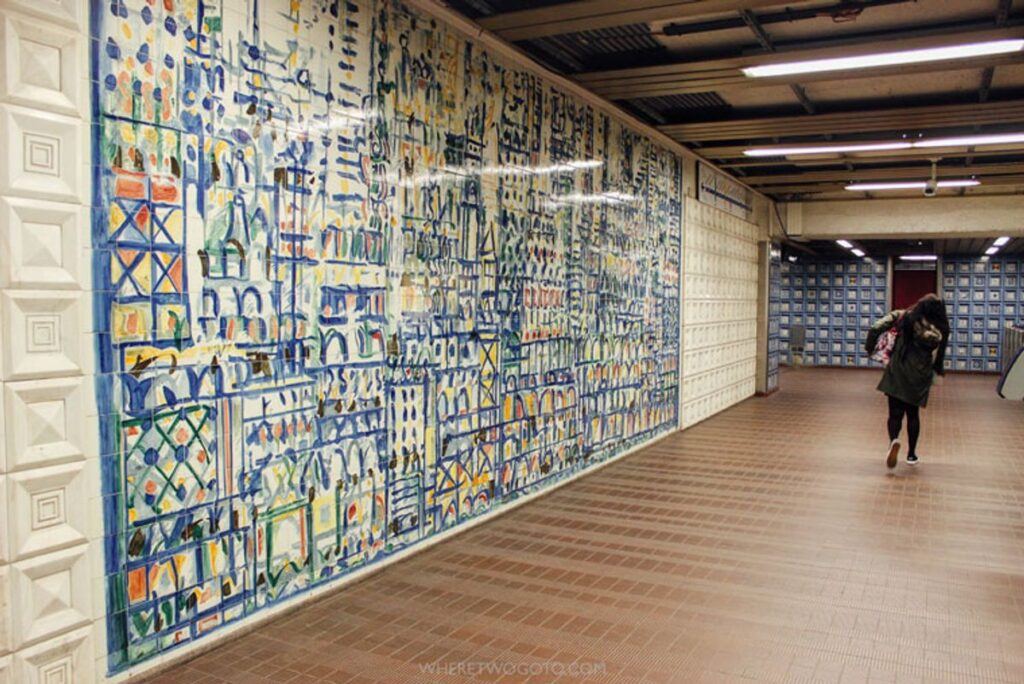
The true essence of Lisbon’s street art goes beyond the visual spectacle; it’s an immersive narrative of the city itself.
For the intrepid urban explorer, a variety of tour options are available. Walking tours remain the most popular, allowing participants to meander through Lisbon’s labyrinthine alleys and witness the vibrant street art up close. However, for those looking to cover more ground or give their feet a rest, tuk-tuk and minivan tours offer a compelling alternative. Each mode of exploration promises its own unique vantage point of Lisbon’s urban canvas.
The city’s website page features sections on News, Visit, Culture, Living, Food & Wine, Business, and even highlights novels set in Portugal, such as ‘Night Train to Lisbon’ and ‘The Maias’. This online resource is a treasure trove for anyone looking to enrich their understanding of Lisbon’s art scene before or after their tour.
The Role of Art in Lisbon’s Social and Economic Landscape
The tapestry of Lisbon’s art scene is not only a feast for the eyes but also a catalyst for social and economic transformation. The city’s commitment to fostering creative industries, particularly after the 2010 financial crisis, has been a driving force in revitalizing urban spaces and stimulating economic growth. Art initiatives have become intertwined with Lisbon’s development strategies, aiming to enhance the city’s cultural vibrancy while providing economic opportunities.
Lisbon’s art scene contributes significantly to the city’s tourism sector, drawing art enthusiasts from around the globe. The presence of street art, in particular, has transformed neighbourhoods into open-air galleries, creating a unique urban charm that attracts visitors and supports local businesses. Moreover, the art scene has played a pivotal role in community engagement, offering a platform for artists to voice social issues and for residents to experience a sense of shared identity.

